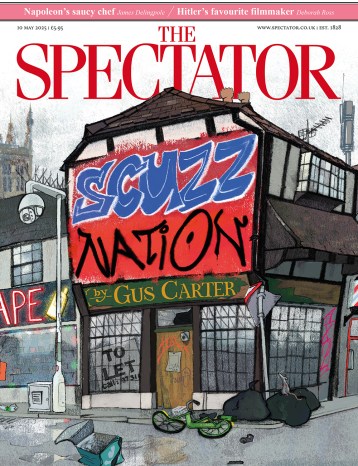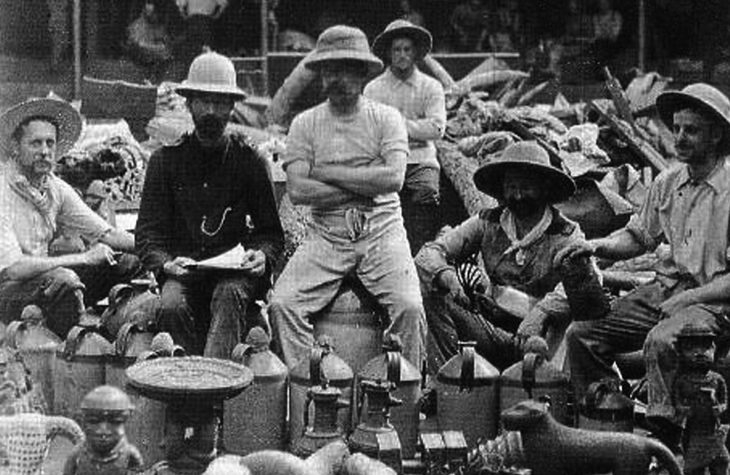Statues must fall. Bronzes must be ‘returned’. The artefacts in question are the famous ‘Benin bronzes’ taken by the British from the royal court of the Kingdom of Benin in 1897. The present demand is that they be returned to Nigeria; confusingly the kingdom’s former territory is now part of Nigeria, not the modern day Republic of Benin. In 2016 Jesus College, Cambridge announced it would be discussing the return of a bronze cockerel. In May, Germany agreed in principle to the return of the Benin objects in its public collections — Germany holds nearly 300 of the most prized items. In June, New York’s Metropolitan Museum of Art stated it would be returning two plaques.
With the Benin bronzes (which are actually made of many different materials) we have a useful exemplar of the fashionable narrative of dastardly colonialist deeds by dead white European males. The fact that the objects were taken from a West African kingdom that could hardly be confused with a pacifist, vegan commune — Benin grew rich on the Atlantic slave trade and the slaying of elephants; it practiced human sacrifice and possibly ritual cannibalism — does not quench the appetite of those demanding their return.

Britain’s best politics newsletters
You get two free articles each week when you sign up to The Spectator’s emails.
Already a subscriber? Log in






Comments
Join the debate, free for a month
Be part of the conversation with other Spectator readers by getting your first month free.
UNLOCK ACCESS Try a month freeAlready a subscriber? Log in